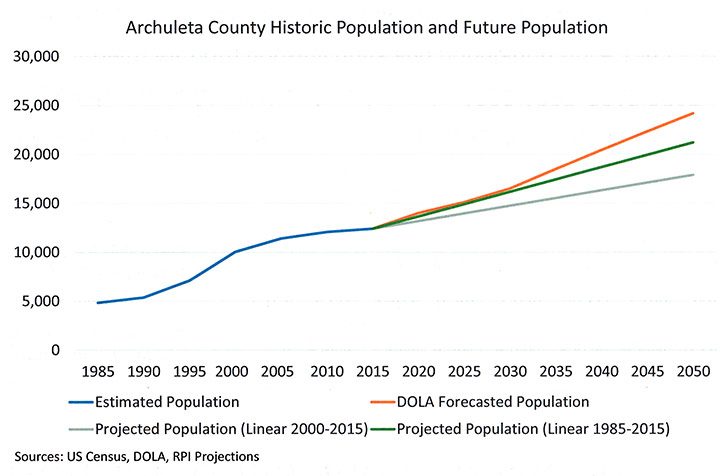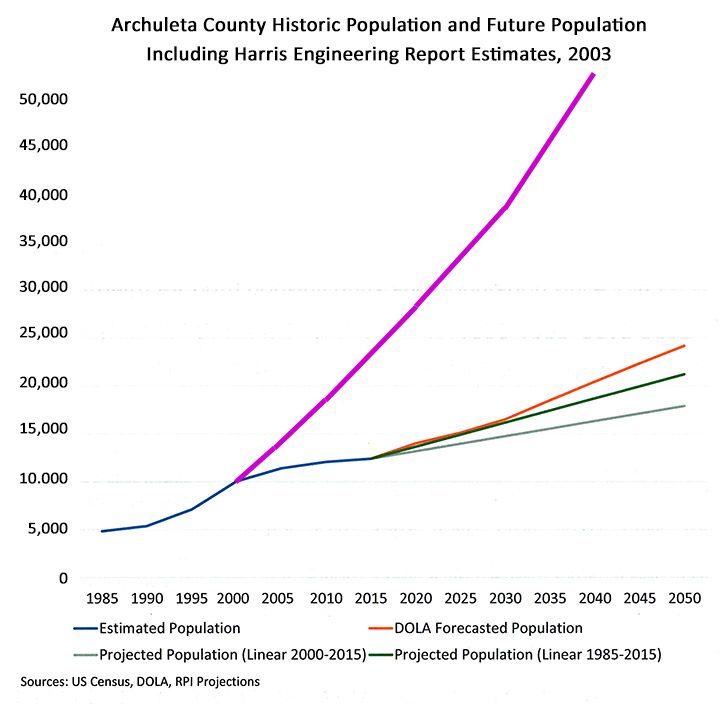I didn’t jump out of bed at 5am to write my editorial, as I usually do on a typical weekday morning. We had an electrical power outage at some point in the middle of the night; I assumed the outage was related to the latest snowstorm. For various reasons, the delivery of electrical power is more precarious in a winter snowstorm, exactly when we need it the most to run the furnace and keep the house warm — and to run the Internet connection.
The indoor temperature was a bit on the cool side this morning, and I knew the Internet wouldn’t be working. Two good reasons to linger in bed and listen to the snow sliding off the metal roof.
On the positive side, we’re seeing decent snow accumulation thus far, in 2019. That’s an indication that we might have sufficient water in our streams and reservoirs, this coming spring and summer, to allow for the water consumption to which we’ve become accustomed, in our isolated rural community.
Farther downstream — where the San Juan River joins the Colorado River in Lake Powell — the water supply for Arizona, Nevada and California may not be quite so secure. The water level in Lake Powell has been dropping, pretty much steadily, since about 1998. From what I can tell, that falling water level is mainly the result of two factors: Mother Nature’s fickle delivery of snowstorms in the Rocky Mountains, and Arizona, California and Nevada using more than their allotted share of the Colorado River.
No doubt about it. The American West needs to become smarter about water.
And we can see signs of smartness. Last year, the Town of Pagosa Springs won a grant award from the Sonoran Institute, to allow our community to hire Durango consulting firm RPI Inc. to study the population patterns in Archuleta County. The result of that grant was, basically, the following chart:

I’ve shared this chart already, in this and other recent editorials. It shows a typical ‘cone of possibilities’ projection for the population of Archuleta County through 2050 — 21 years into the future. After studying local population trends, RPI decided that we’d probably have between 18,000 and 21,000 people in the county by 2040 (the gray and green lines on the chart.) RPI also included a higher estimate (the orange line) as proposed by the Colorado State Demographer’s office — while noting that the State Demographer has had a habit of grossly overestimating population growth in Archuleta County.
But we can give the local prize for overestimating population growth to Durango-based water engineer Steve Harris.
Here’s a modified chart, created by the Daily Post, based on the RPI chart.

The added magenta line shows the population growth projected by water engineer Steve Harris in his 2003 report, commissioned by Pagosa Area Water and Sanitation District (PAWSD) and the San Juan Water Conservancy District (SJWCD) to justify the construction of the proposed Dry Gulch Reservoir. Mr. Harris based his projections, through 2040, on Archuleta County’s somewhat fabulous growth between 1990 and 2000, and he assumed that our community would quite naturally continue to grow at roughly the same rate, and would use roughly the same amount of water, per capita.
The obvious conclusion was that we needed our water districts to spend at least $10 million purchasing a reservoir site north of downtown Pagosa. And we needed to develop a new “Water Resource Fee” to be assessed against new residential homes and businesses, to pay for a new 35,000 acre-foot reservoir.
We now know that the assumptions made by PAWSD, SJWCD and Harris Engineering in 2003 were grossly inaccurate. We also know that Lake Powell and Lake Mead — the two massive reservoirs serving the American Southwest — were not a perfect solution… if we were set on promoting population growth and agricultural expansion in the Southwest.

There are at least two ways to think about saving the Colorado River.
One approach — embraced by the new Colorado Water Plan — is to suck more and more water out of the river, and try to stash more and more water in more and more reservoirs, to be then piped through more and more pipelines to more and more growing population centers.
This is the general path the American West has been treading for the past century.
Another way to become smart about water is to admit that Mother Nature is fickle, and that the American Southwest is a desert, and that we need to either slow down the population growth — or learn how to live without flush toilets and lush green lawns and water-thirsty agricultural methods.
Or maybe, we need to learn both tricks. To stop growing so fast, and to get conservative about water.
A couple of days ago, I posted the following photo in this editorial series:

I borrowed the photo from the Sonoran Institute website, where it appeared without any caption explaining why these people are so happy. But based on the fact that they’re standing near a river, I’m guessing the celebration has some connection to the preservation of waterways and a riparian environment. That is to say: they’re celebrating the existence of flowing water.
The conservation-focused Sonoran Institute aims to “protect the environments, economies and communities of the West, through unique programs and initiatives.” Over the past 25 years, they’ve sponsored projects in 11 western US states, 6 states in Mexico, and in Alberta, Canada. One such project has been the “Growing Water Smart” effort here in Pagosa Springs.
As we’ve learned, here in our little town over the past 25 years, “protecting” a community and its economy is not necessarily the result of endlessly promoting population growth and infrastructure expansion. Sometimes, you “protect” resources and communities by reducing population pressures and resource extraction.
Or… have we actually learned this, over the past 25 years?
Have we really learned anything at all?
